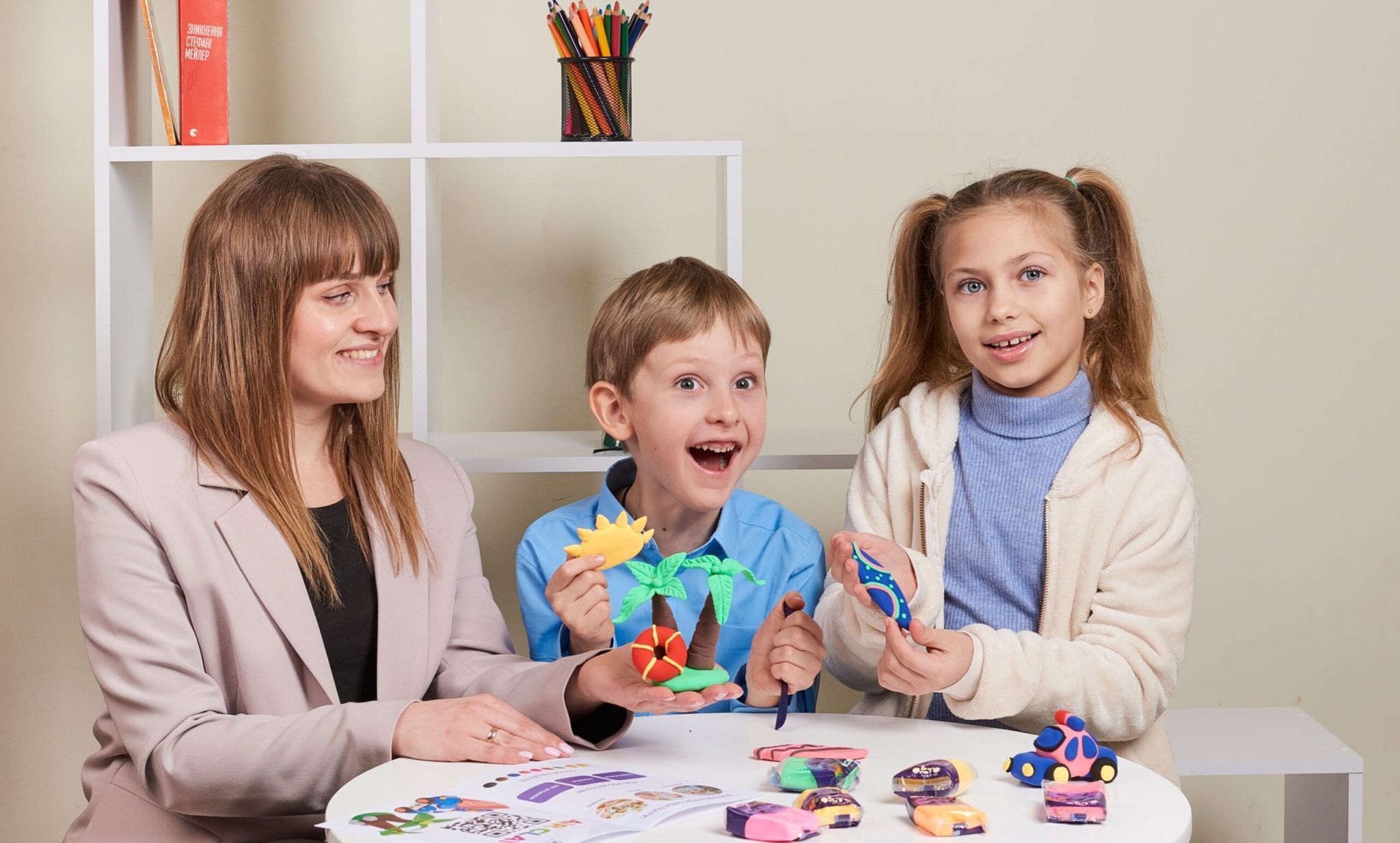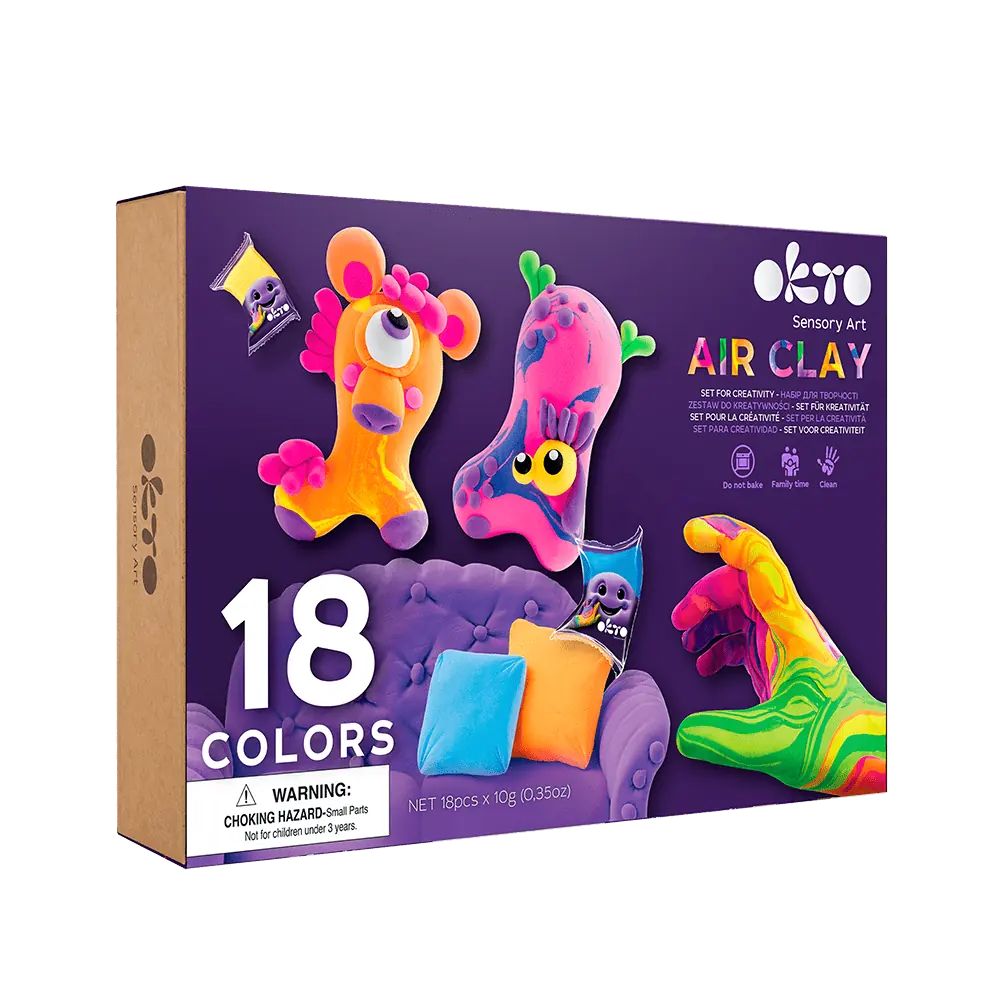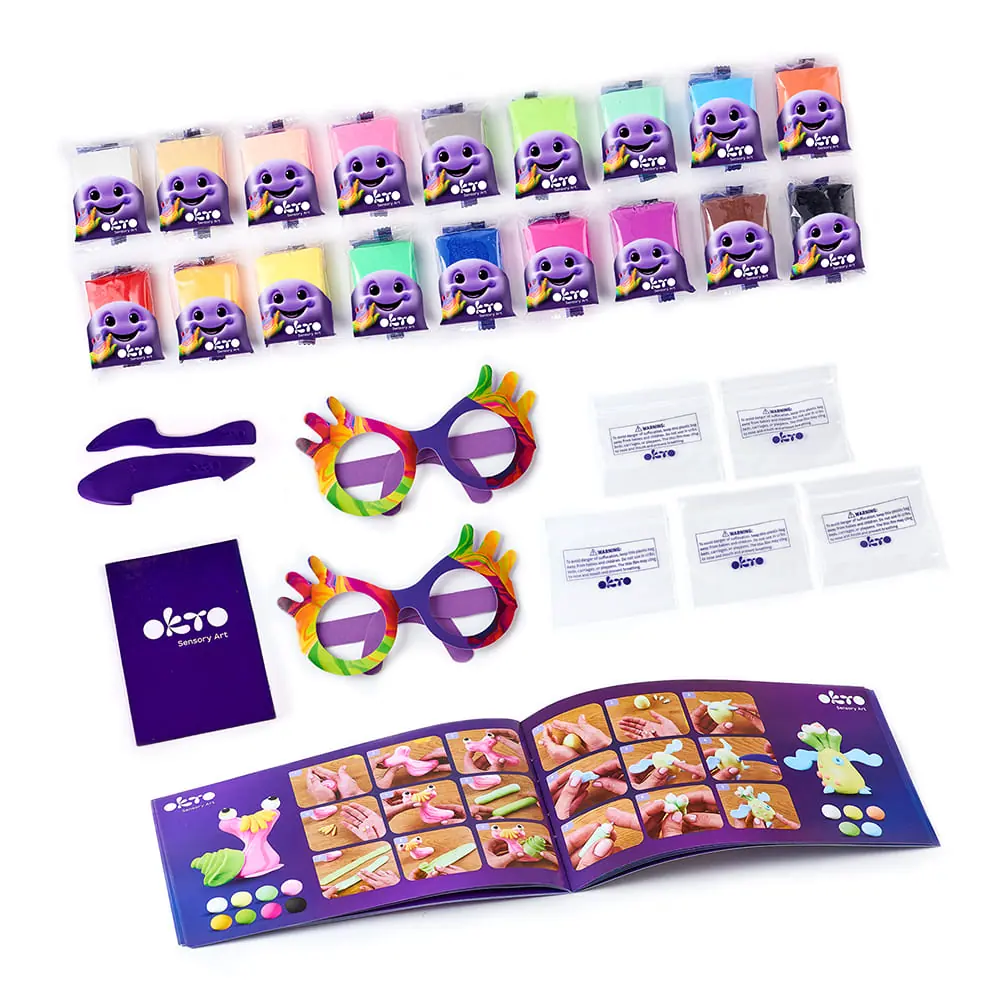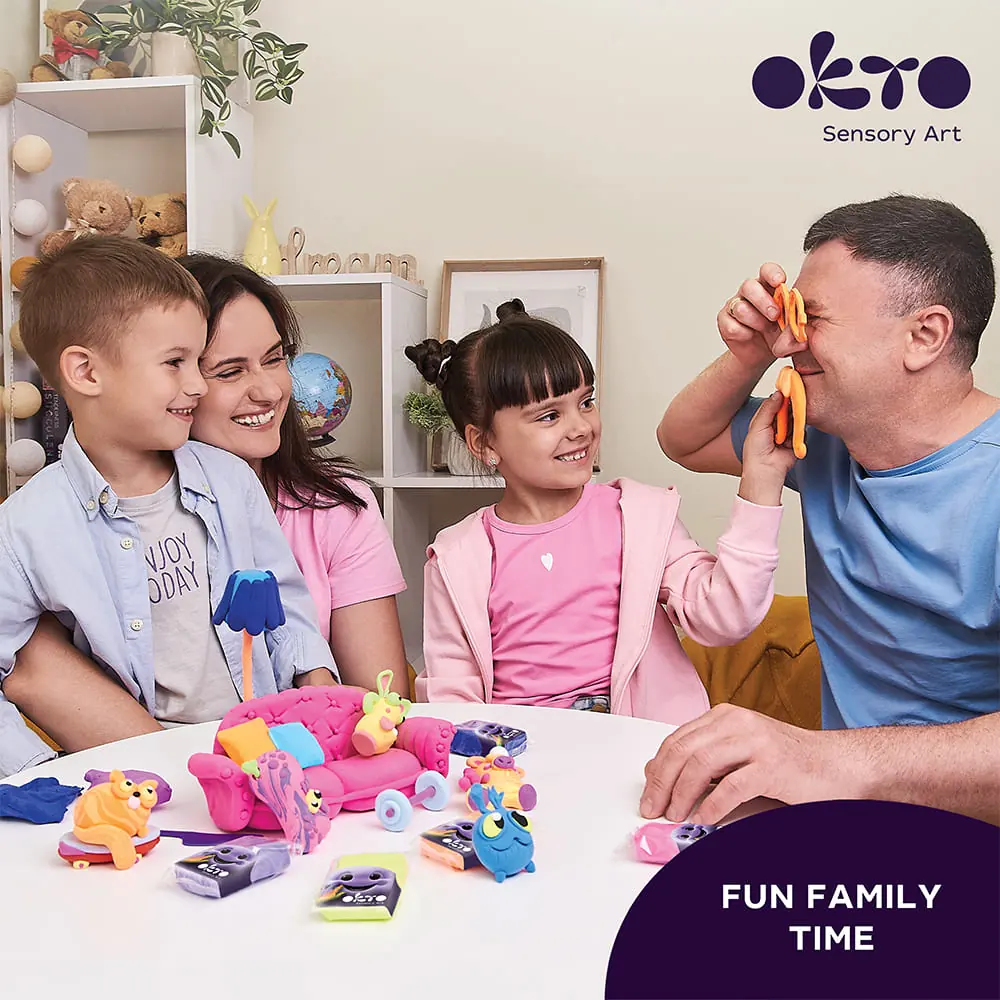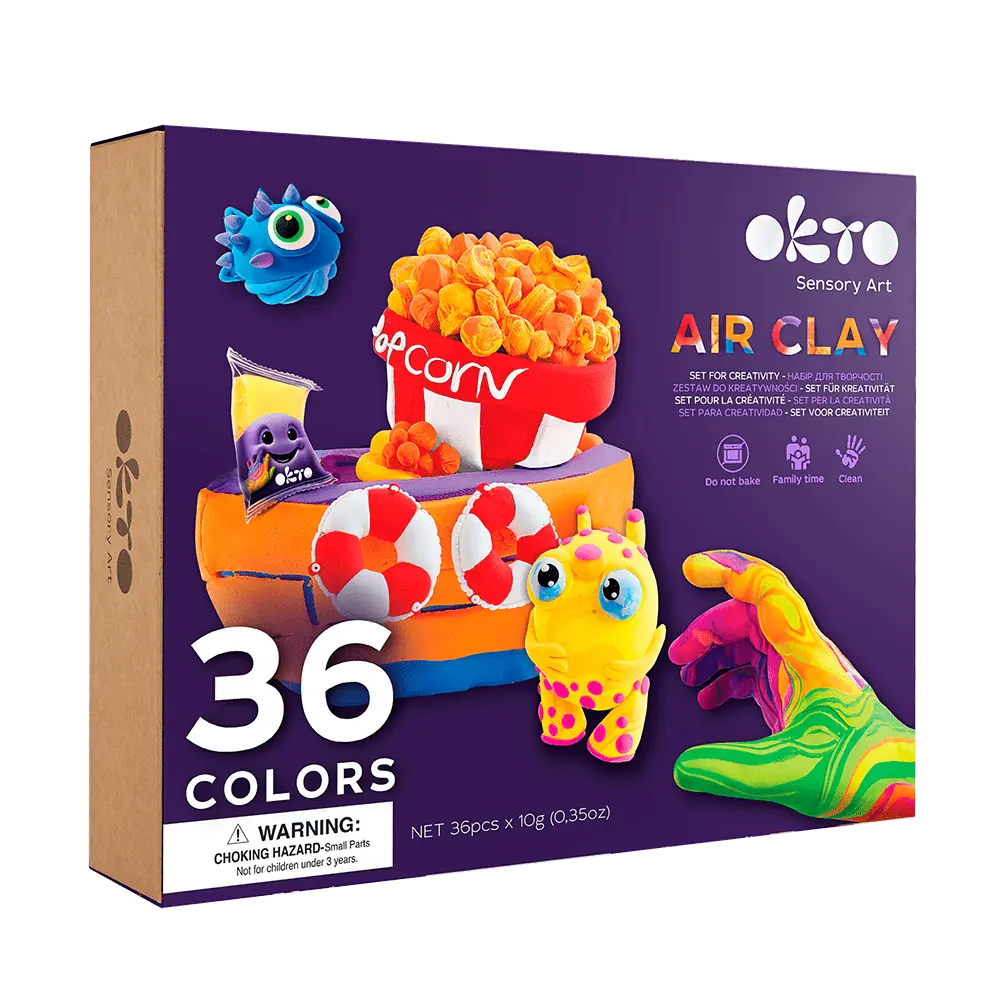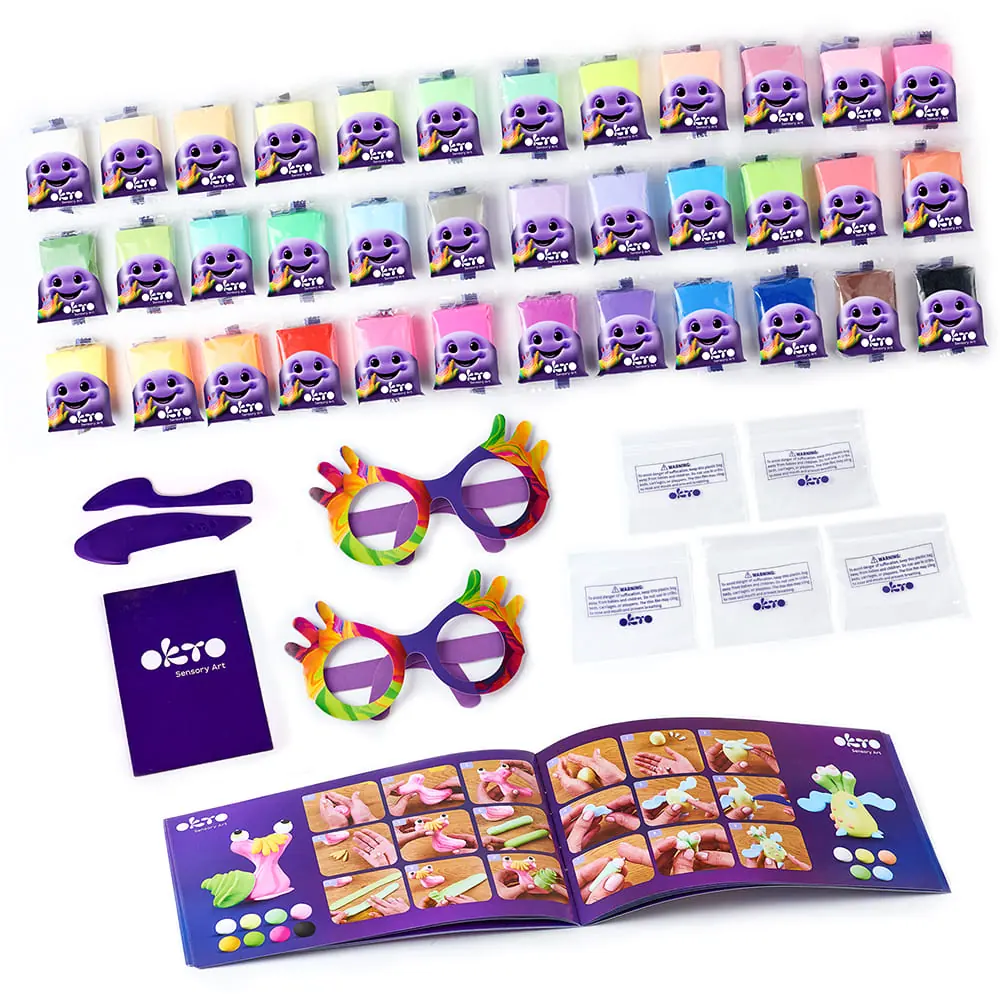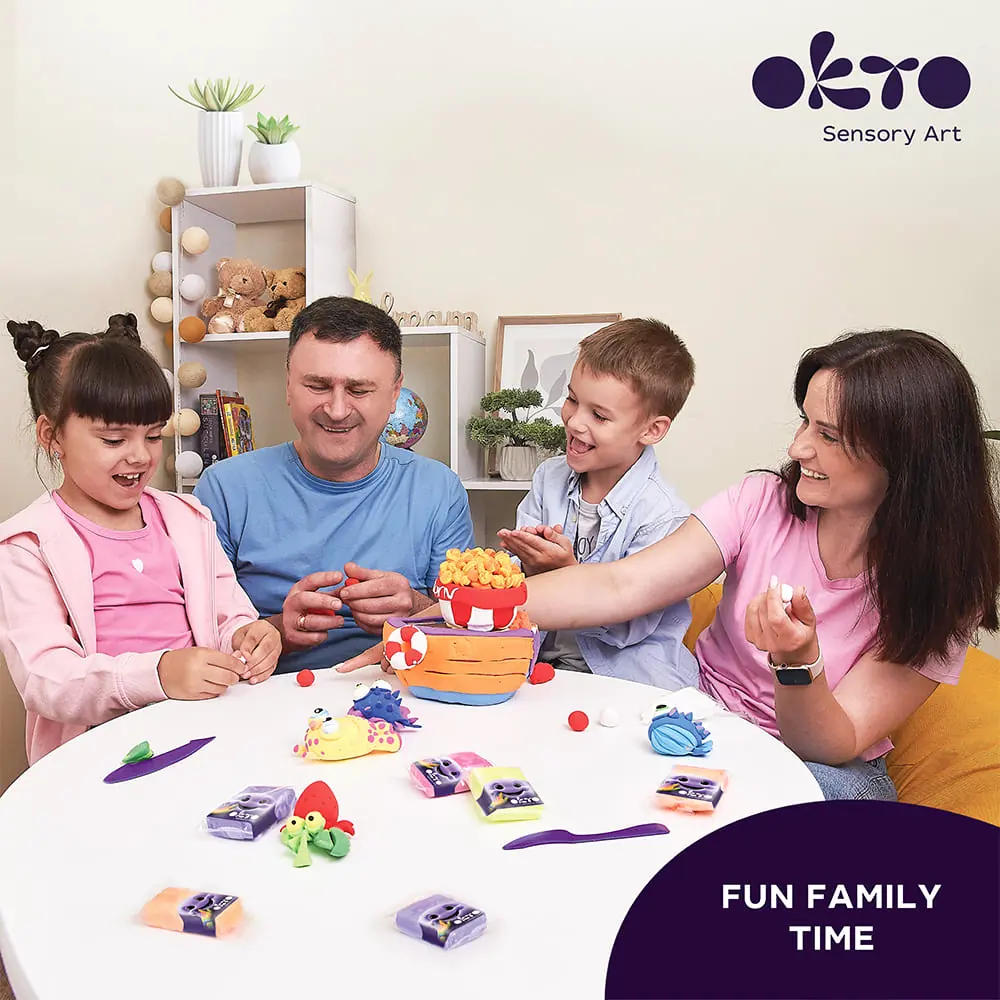Table of Contents
- Відео 1
- Why is Air Clay Ideal for Creating Figurines?
- Basic Techniques for Creating Figurines from Air Clay
- 1. Ball Technique
- 2. Sausage Technique
- 3. Sheet Technique
- 4. Color Mixing
- Recommended Products 1
- Відео 2
- Animals and Characters
- Відео 3
- Flowers and Plants
- Відео 4
- Miniature Household Items
- Jewelry and Accessories
- Modeling for Children and Adults: What's the Difference?
- Modeling for Children
- Modeling for Adults
- Step-by-Step Guide to Creating an Animal Figure from Air Clay
Modeling with plasticine is not just a children's pastime, but also an exciting hobby for adults that allows you to create amazing plasticine figures of various complexity. Air Clay is gaining particular popularity today, from which you can sculpt true masterpieces that rival professional sculptures. Let's explore how to create beautiful plasticine figures, what techniques to use, and which materials to choose for the best results.
Why is Air Clay Ideal for Creating Figurines?
Air Clay has a number of advantages over regular modeling clay that make it an ideal material for sculpting figurines:
Lightweight — dried products are extremely light, allowing for the creation of complex compositions that do not deform under their own weight.
Elasticity — in a working state, the clay is soft enough to create the finest details.
Shape retention — Air Clay hardens in the air, keeping its shape forever.
Variety of colors — a wide color range allows for the creation of realistic and vibrant clay figures.
Eco-friendliness — the material is safe for children and adults.
Basic Techniques for Creating Figurines from Air Clay
To create truly beautiful clay products, it is important to master a few basic techniques:
1. Ball Technique
This technique is used to create volumetric elements and textures. For it, you need to roll small balls of the same size and connect them into the desired shape. This technique is perfect for creating flowers, animals, and decorative elements.
2. Sausage Technique
Twisted "sausages" of varying thickness are the basis for many beautiful clay figurines. They can be used to form outlines, create frames, patterns, and volumetric elements. This technique is often used in combination with others.
3. Sheet Technique
The rolled sheet of air clay can be used to create flat elements or a base. You can apply texture to it using improvised tools, cut out shapes, or use it as a background for a composition.
4. Color Mixing
Unlike traditional modeling clay
Animals and Characters
Animals are one of the most popular clay figurines. From simple animals for beginners (like snails or turtles) to complex ones (cats, dogs, unicorns) — the selection is vast.
To create animals, the technique of building up details on the main volume is usually used. First, a basic body shape is created, and then limbs, head, tail, and other details are added.
Flowers and Plants
Flowers made from air-dry clay look incredibly realistic. The most common techniques used to create them are the ball technique or thin layers for the petals.
Compositions featuring several flowers of different colors and sizes look especially beautiful. Such creations can become a wonderful decoration for the interior or a gift.
Miniature Household Items
Miniature household items are a great exercise in precision and attention to detail. You can create small cups, plates, tables, chairs, and other items from air-dry clay, which can then be combined into a whole composition.
Jewelry and Accessories
Air Clay is an excellent material for creating unique jewelry. Earrings, pendants, brooches — all of these can be made by hand. For added shine, you can use acrylic paints or varnish.
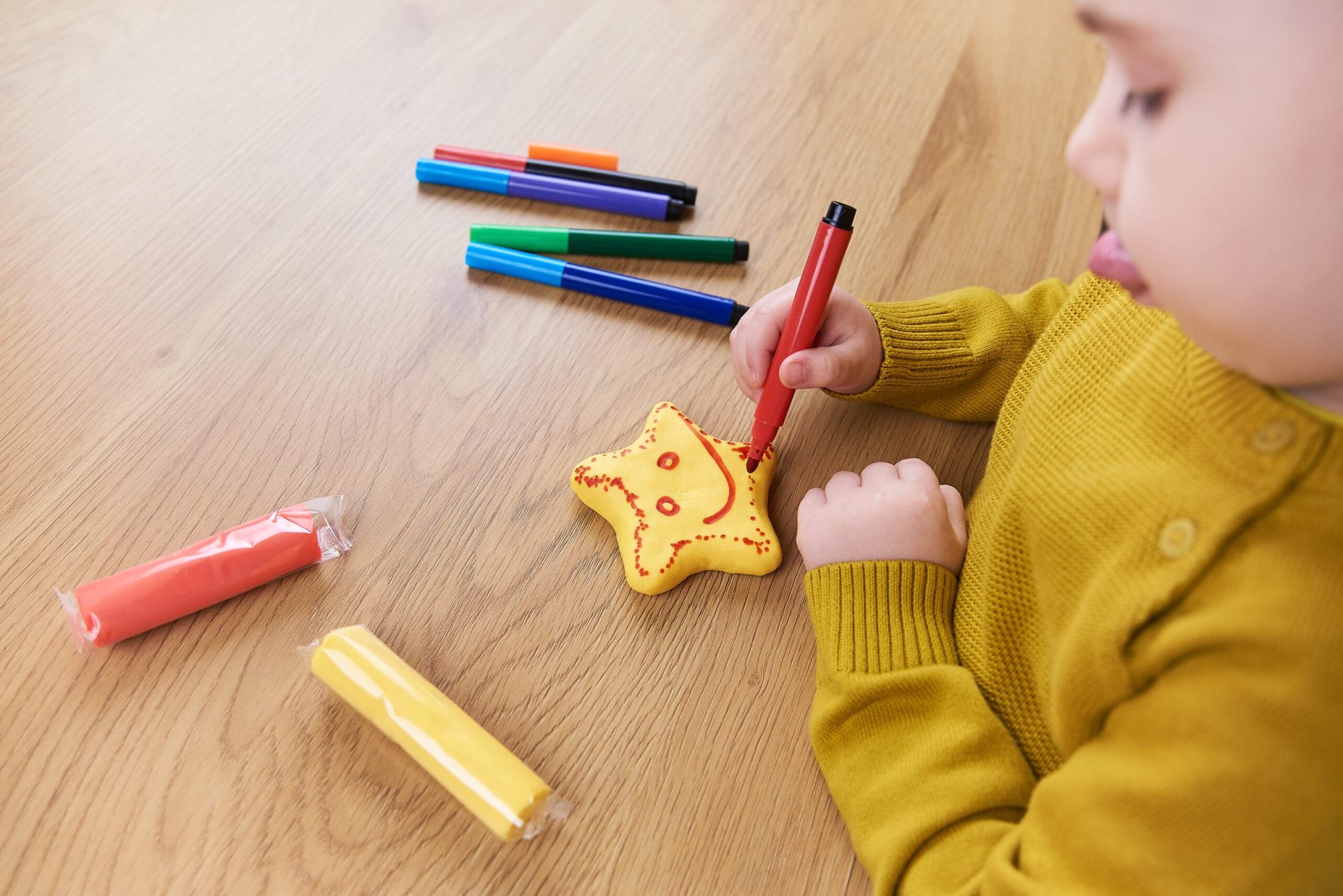
Modeling for Children and Adults: What's the Difference?
Modeling for Children
For children, modeling is not just a fun activity but also a useful one that develops fine motor skills, spatial thinking, and creative abilities. There are special modeling clay sets for school that include soft clay in bright colors and simple tools.
It is important to choose non-toxic materials for children and to offer projects that are appropriate for their age and skills. It is also helpful to have school supplies on hand that may be needed during the modeling process.
Modeling for Adults
Adults often approach modeling more seriously, creating complex compositions and detailed figures. There are special air clay sets for them that contain more colors and professional tools.
Adult modeling often includes mixing colors, creating complex textures, and using additional materials for decoration.
Step-by-Step Guide to Creating an Animal Figure from Air Clay
Let's look at how to create a simple fox figure:
Preparation of Materials: You will need orange, white, and black Air Clay, and detailing tools.
Creating the Body: Roll an oval shape from the orange clay for the body of the fox.
Forming the Head: Roll a smaller ball from the same orange clay for the head and attach it to the body.
Adding Details: Use white clay to create the belly and the tip of the tail. Use black for the nose, eyes, and paws.
Detailing: Use the tools to add texture to the fur, shape the ears, and form the snout.
Drying
